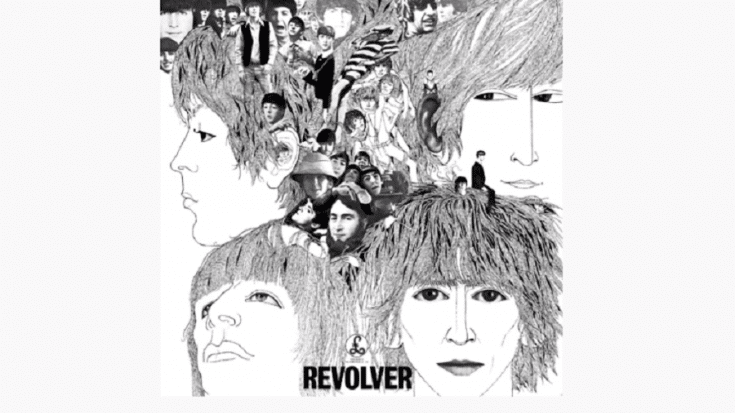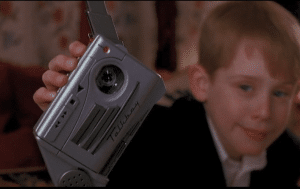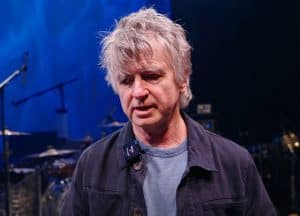Facts About The Beatles Album “Revolver”

via The Beatles/YouTube
Revolutionary and Groundbreaking
“Revolver” is one of the Beatles albums that remain unmatched in terms of songwriting, musicianship, and overall quality. From the first few seconds of the opening track, it signaled a different Beatles – more focused and mature, and willing to take massive risks with their sounds. Released on August 5, 1966, it was certified 5× Platinum in the US and 2x Platinum in the UK.
Here are some facts which you may not know about this iconic LP.
7. Before they settled with “Revolver”, the group considered other titles too such as Abracadabra, Four Sides to the Circle, Bubble and Squeak, Pendulum, Beatles on Safari, and Freewheelin’ Beatles. Ringo Starr also suggested After Geography as inspired by the Rolling Stones’ Aftermath.
6. They used a four-necked sweater to give Starr’s drum its signature sound. EMI recording engineer Geoff Emerick said, “I moved the bass drum microphone much closer to the drum than had been done before. There’s an early picture of the Beatles wearing a woolen jumper with four necks. I stuffed that inside the drum to deaden the sound. Then we put the sound through Fairchild 600 valve limiters and compressors.”
5. The Beatles enlisted the help of some of their family and friends. Brian Jones, Pattie Boyd, and Marianne Faithfull all contributed backing vocals to “Yellow Submarine.”
4. Although it wasn’t exactly the first psychedelic album, “Revolver” helped bring the genre to mainstream audience.
3. It was released in the middle of a huge controversy – after John Lennon’s infamous “more popular than Jesus” comment in a 1966 interview. Nevertheless, the LP was still a success.
2. The Beatles never performed any of the song live even though it was released a week before their final tour. The reason is because of the studio techniques and technology they used, it would be difficult to replicate the sound in a live setting.
1. It was the first time automatic double tracking was used. The technique was invented by EMI technical engineer Ken Townsend at the request of the Fab Four. And this became a game-changer. It was later used on Pink Floyd’s The “Piper at the Gates of Dawn,” and Queen’s “Bohemian Rhapsody.”


















